12 Oct 2021 - {{hitsCtrl.values.hits}}
 Early days
Early days
I first set eyes on Rambo in the early 1990’s when I started visiting the Uda Walawe National Park. He was a young male elephant at that time, with a very calm demeanour. He had a very unique identifiable feature, where his right ear was torn in several places towards the edge. He must have been around 20-25 years at that time and was just beginning to show the characteristic pigmentation along the front of his trunk and ears of mature elephants.
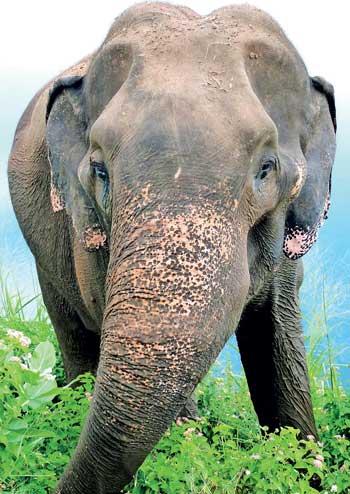 Subsequently, Rambo discovered that coming up to the electric fence along the Thanamalwila road, and soliciting food from passes-by, was a very rewarding exercise. He was in fact one of the first elephants who started this habit of coming to the electric fence. Many passing vehicles used to stop and feed him with juicy ‘tit bits’ such as watermelon, bananas and sugarcane. He always paid respect to the electric fence, and never ever did try to break out.
Subsequently, Rambo discovered that coming up to the electric fence along the Thanamalwila road, and soliciting food from passes-by, was a very rewarding exercise. He was in fact one of the first elephants who started this habit of coming to the electric fence. Many passing vehicles used to stop and feed him with juicy ‘tit bits’ such as watermelon, bananas and sugarcane. He always paid respect to the electric fence, and never ever did try to break out.
As time went by, many other elephants ‘learnt’ this behaviour from Rambo. Being intelligent animals, this type of ‘copying’ behaviour is quite prevalent in elephants. By early 2010, there were some 18 or more ‘regulars’ along the Thanamalwila road electric fence. It was always the males who loitered around, since females in herds are wary of taking such risks.
Sri Lanka’s foremost elephant researcher Dr Prithiviraj Fernando told me that, if the elephants were really looking for food, they would have breached the electric fence long ago. His assessment was that they were having enough to eat inside the park, and coming for their ‘dessert’ to the electric fence! So perhaps the elephants knew a good thing going, and were very careful to maintain the status quo, without breaking down the fence.
There were many debates and controversies about this activity, and there were even some suggestions, that if it were properly controlled, this would be a good tourist attraction. However, all this changed when the wildlife authorities realized that they could not properly enforce the no-feeding rule along the Thanamalwila roadside, and erected a second electric fence behind the existing one. A large amount of money was spent on this second deterrent barrier, which extends from the end of the reservoir bund, right up to the corner of the park boundary on the Thanamalwila road around the 25th Km post. This has proven to be quite successful, and today there are no elephants along this stretch of the road.
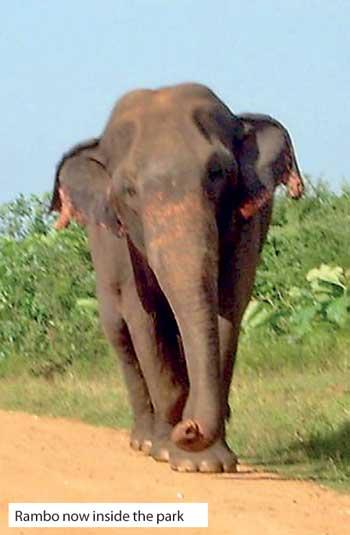 However, the authorities had not bargained for Rambo. Unable to indulge in his favourite pastime, he now started swimming across the edge of the reservoir and got on to the steep embankment along the reservoir bund, to access the roadway and to solicit food from vehicles passing by.
However, the authorities had not bargained for Rambo. Unable to indulge in his favourite pastime, he now started swimming across the edge of the reservoir and got on to the steep embankment along the reservoir bund, to access the roadway and to solicit food from vehicles passing by.
Since then, Rambo continued to patrol this stretch of the bund. He seemed to be contented with life, watching the world go by, standing on the side of the bund, and giving passers-by, a one-of-a-kind, unforgettable experience of seeing a wild elephant so close up. He has done his bit to create awareness for Sri Lanka Tourism as perhaps, the most photographed wild elephant in the island.
Sudden change in behaviour
Around 2018 there was a sudden and unexpected change in behaviour of Rambo. The elephant that placidly stood by the electric fence allowing passersby to even hand feed him for over a decade, suddenly started to break out from the fence and wander into the villages on the other side. (Most often the electric fence is just a deterrent. Being intelligent animals elephants know that it can cause quite a shock, and respect the boundaries, but if the situation warrants it can easily break through).
Eventually he started raiding the food stocks and cultivations and a decision was made to translocate him to the Horawapatana Elephant Holding ground for ‘troublesome elephants’. (Of course to many elephant enthusiasts this is really a ‘Death Row’ for elephants. Much has been said and debated about this monstrosity. Translocation has been again and again proved to be totally ineffective to resolve the problem of difficult elephants)
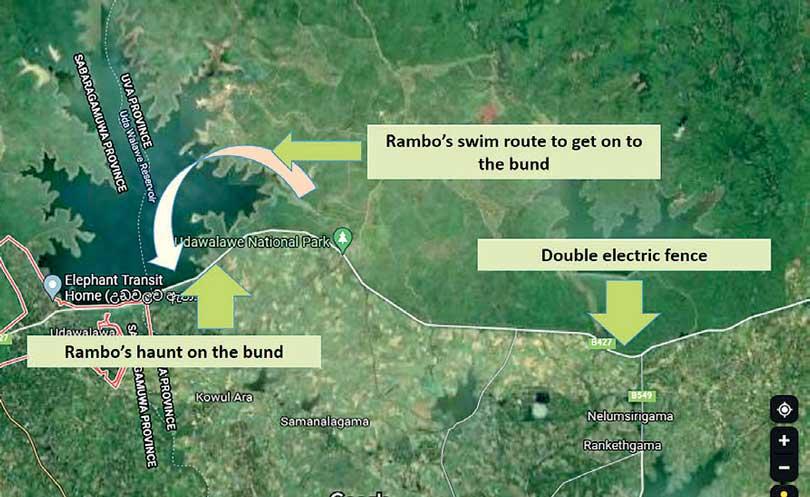
Thankfully due to pressure from several wild life organizations and interested individuals the order to translocate was staid. The DWC attempted several times to chase him back into the confine of the park, but he kept breaking out. After a few months Rambo slowly reduced his forays into the villages and is reportedly now living inside the park. Even Dr Vijitha from the Elephant Transit Home at Uda Walawe (who knows Rambo quite well) is confused. He told me that although things are relatively quiet now, he is not sure what Rambo will do next.
This sudden change of behaviour of Rambo is not typical and generally not seen commonly in wild elephants. Unless there is some serious external change in the environment, wild elephants would always like to maintain the status quo.
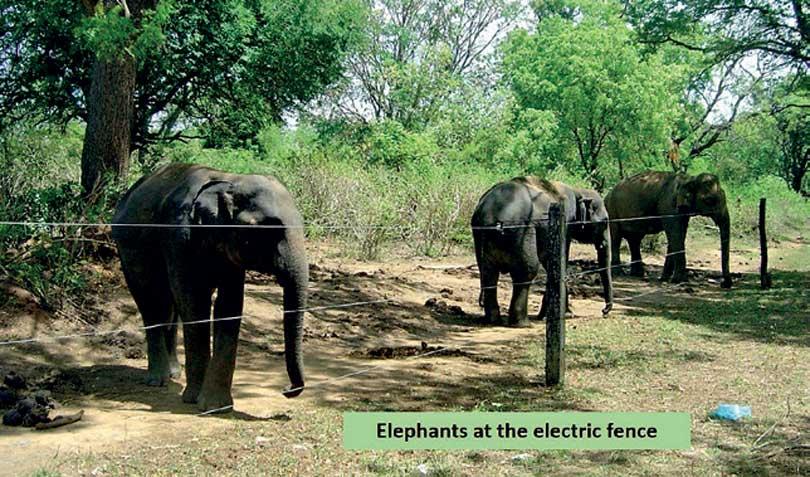
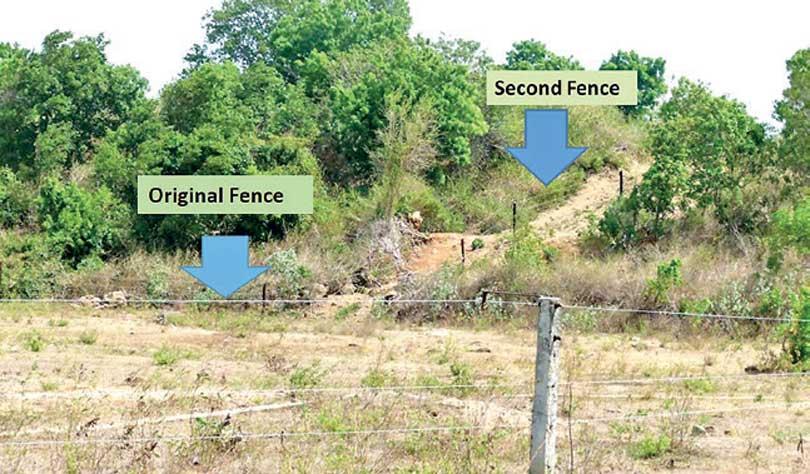
So what happened to Rambo? Many of us elephant enthusiasts have been discussing this and speculating on different ‘theories’ . One of the more plausible ones could be that with the Covid pandemic lockdowns causing restriction in tourism and Sri Lankans travelling, Rambo may have found that his source of ‘tit bits’ from the movement of people was no longer forthcoming. So perhaps he decided to ‘venture out’ and seek such food elsewhere.
Whatever the reasons may be, the DWC should have a close watch on this icon of Uda Walawe, and monitor his movements. Any unusual behaviour must quickly studied and wherever mitigation measures taken to ensure that Rambo lives a contented life inside the Uda Walawe National Park which has been his home.
27 Apr 2024 1 hours ago
27 Apr 2024 2 hours ago
27 Apr 2024 2 hours ago
27 Apr 2024 3 hours ago
27 Apr 2024 4 hours ago